Chromatin/Epigenetics

Epigenetics is the heritable modifications in gene expression that is not associated with changes in DNA sequence. Epigenetic modifications occur mostly on DNA or on the histone octamer. There are several types of epigenetics modifications, DNA methylation by DNA-methyl transferase (DNMT) and covalent modification of histones (e.g. acetylation, methylation, phosphorylation and ubiquitination). Histone acetylation by histone acetyltransferases (HATs) is involved in transcriptional activation, whereas histone deacetylation by histone deacetylases (HDACs) is connected with transcriptional repression. Histone demethylation is associated with lysine-specific demethylase (LSD) and JmjC domain containing histone demethylase (JHDM).
The nucleosome is consisted of four histone proteins (H2A, H2B, H3, and H4), they are primary building block of chromatin. The addition and removal of specific chemical groups refers to as epigenetic marks, it regulates chromatin structure and affects gene expression. Moreover, RNA is intimately involved in the formation of a repressive chromatin state.
Epigenetic mechanism responds to environmental changes at the cellular level and thus influences cellular plasticity. Chromatin and epigenetic regulation play a significant role in the programming of the genome during development and stress response, defects in epigenetics can lead to cancer, inflammation and metabolic disorders etc.
-
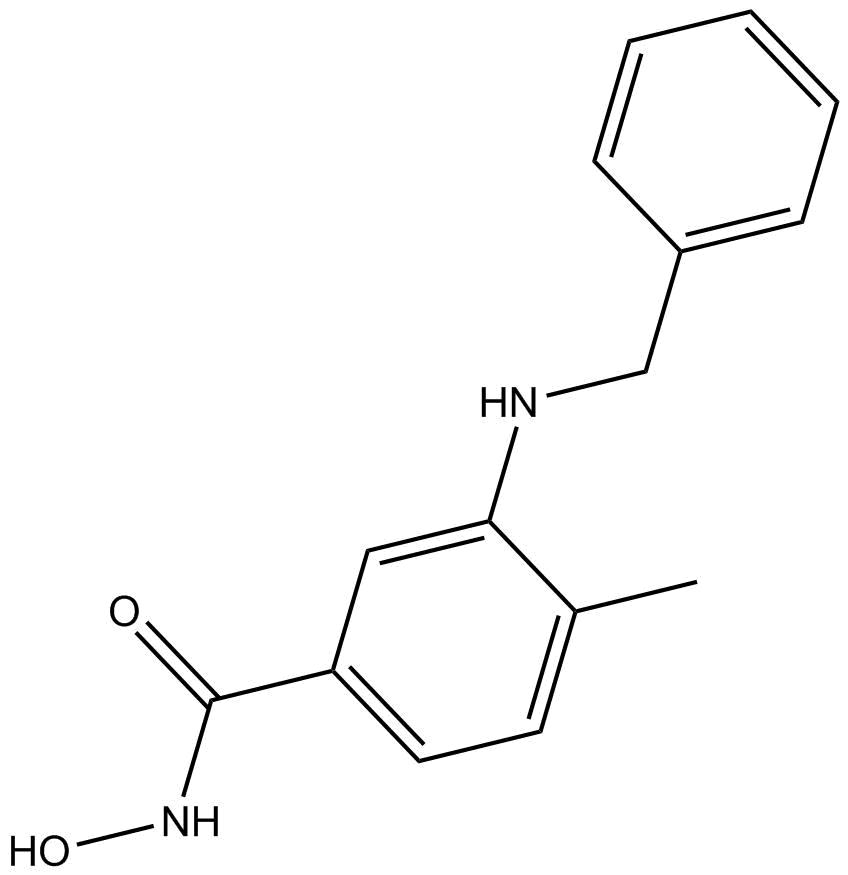 B8497 TH34Summary: HDAC6/8/10的抑制剂
B8497 TH34Summary: HDAC6/8/10的抑制剂 -
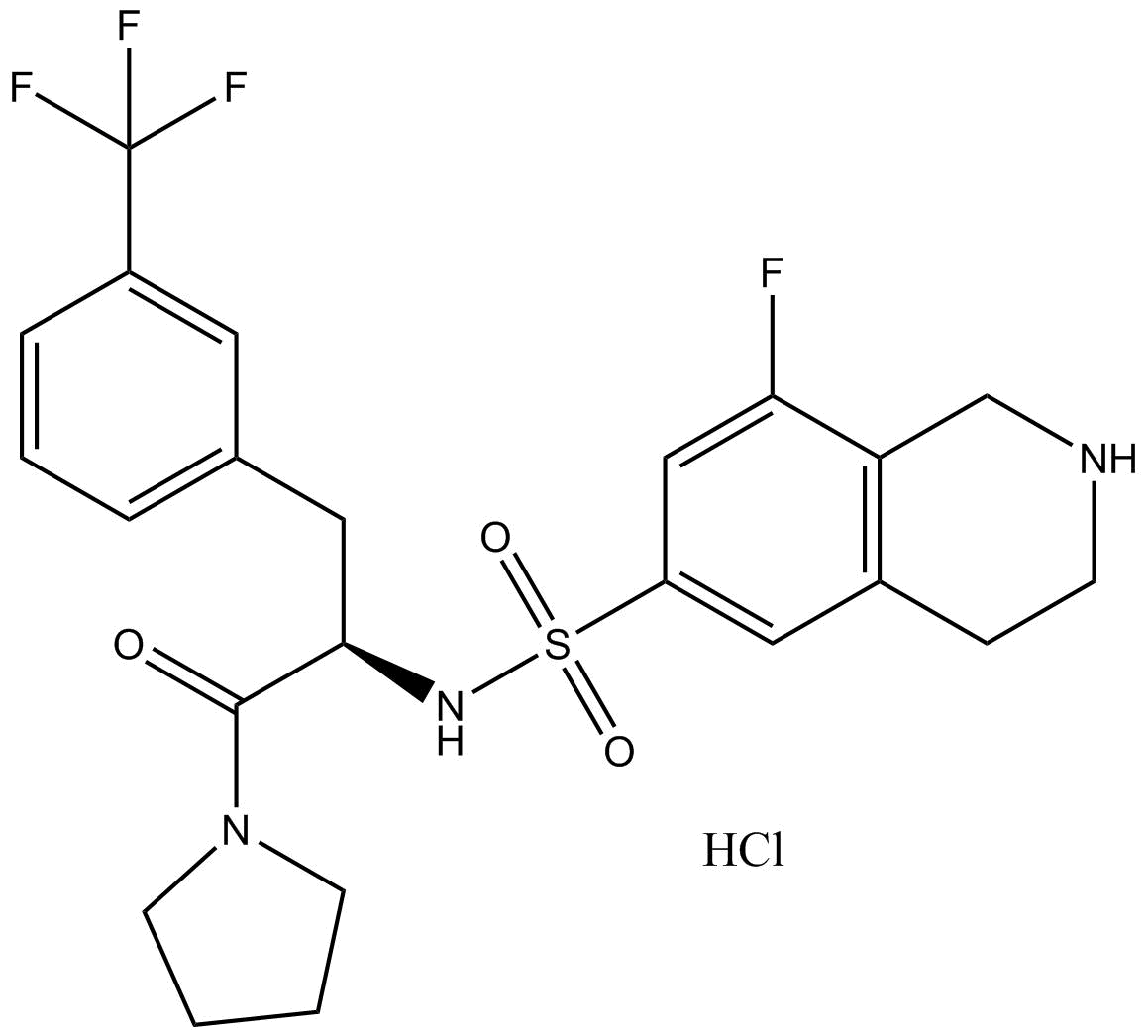 B8210 (R)-PFI 2 hydrochloride
B8210 (R)-PFI 2 hydrochloride -
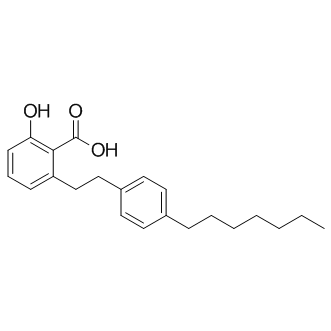 B3276 MG 1492 CitationSummary: HAT抑制剂
B3276 MG 1492 CitationSummary: HAT抑制剂 -
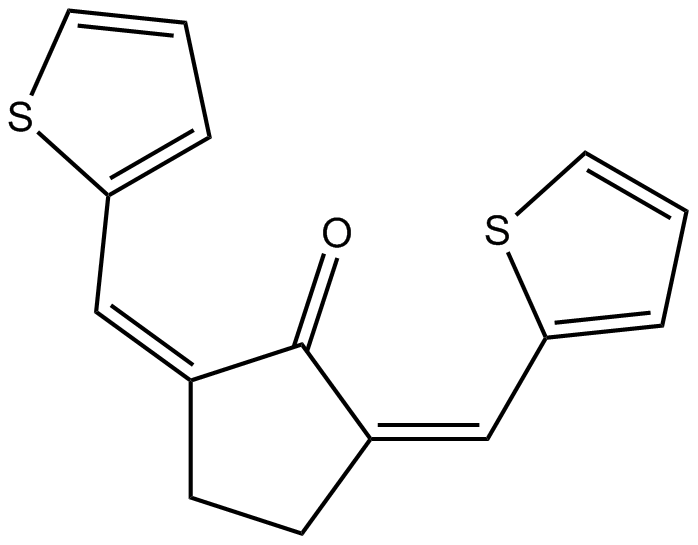 B3274 CCT007093Summary: PPM1D抑制剂
B3274 CCT007093Summary: PPM1D抑制剂 -
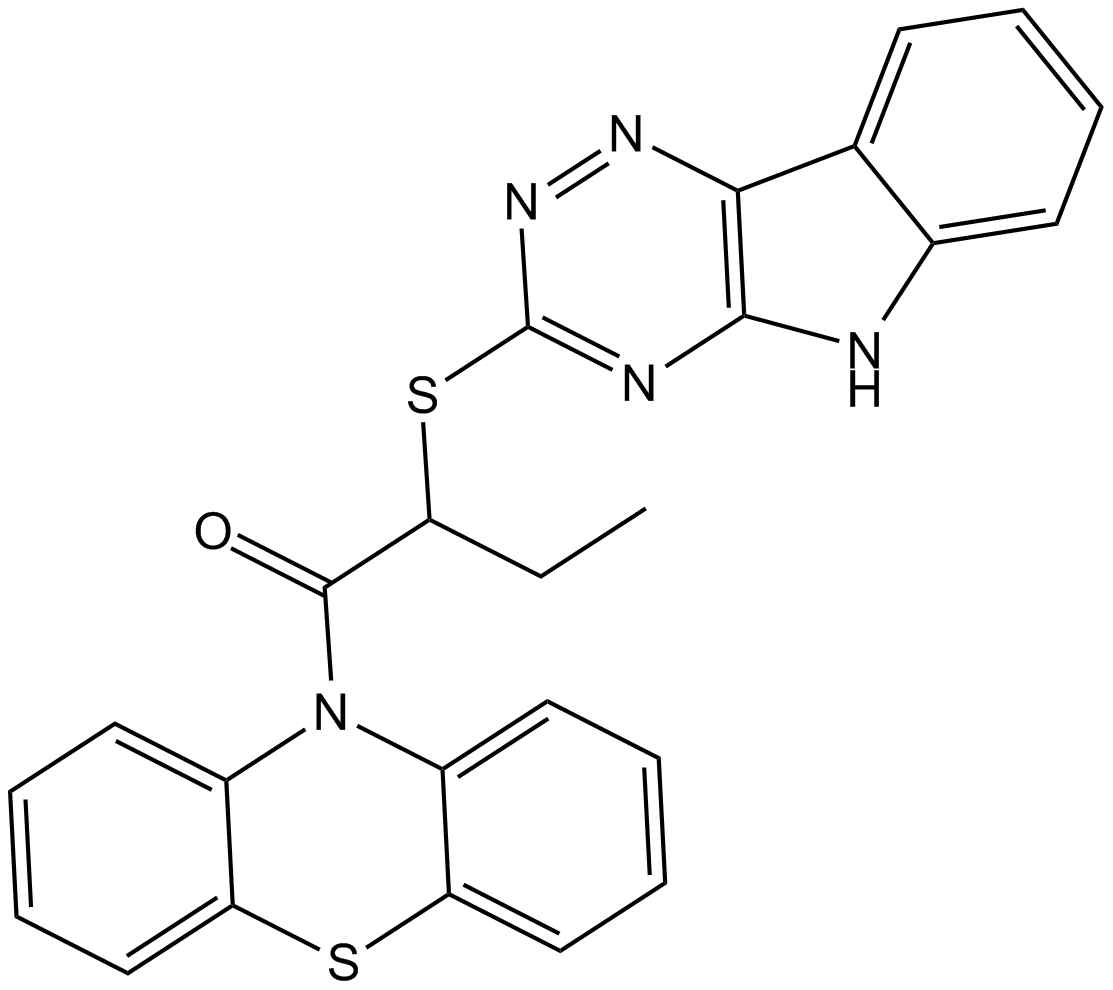 B3272 InauhzinTarget: Sir2-like Family Deacetylases (Sirtuins)Summary: SIRT1抑制剂
B3272 InauhzinTarget: Sir2-like Family Deacetylases (Sirtuins)Summary: SIRT1抑制剂 -
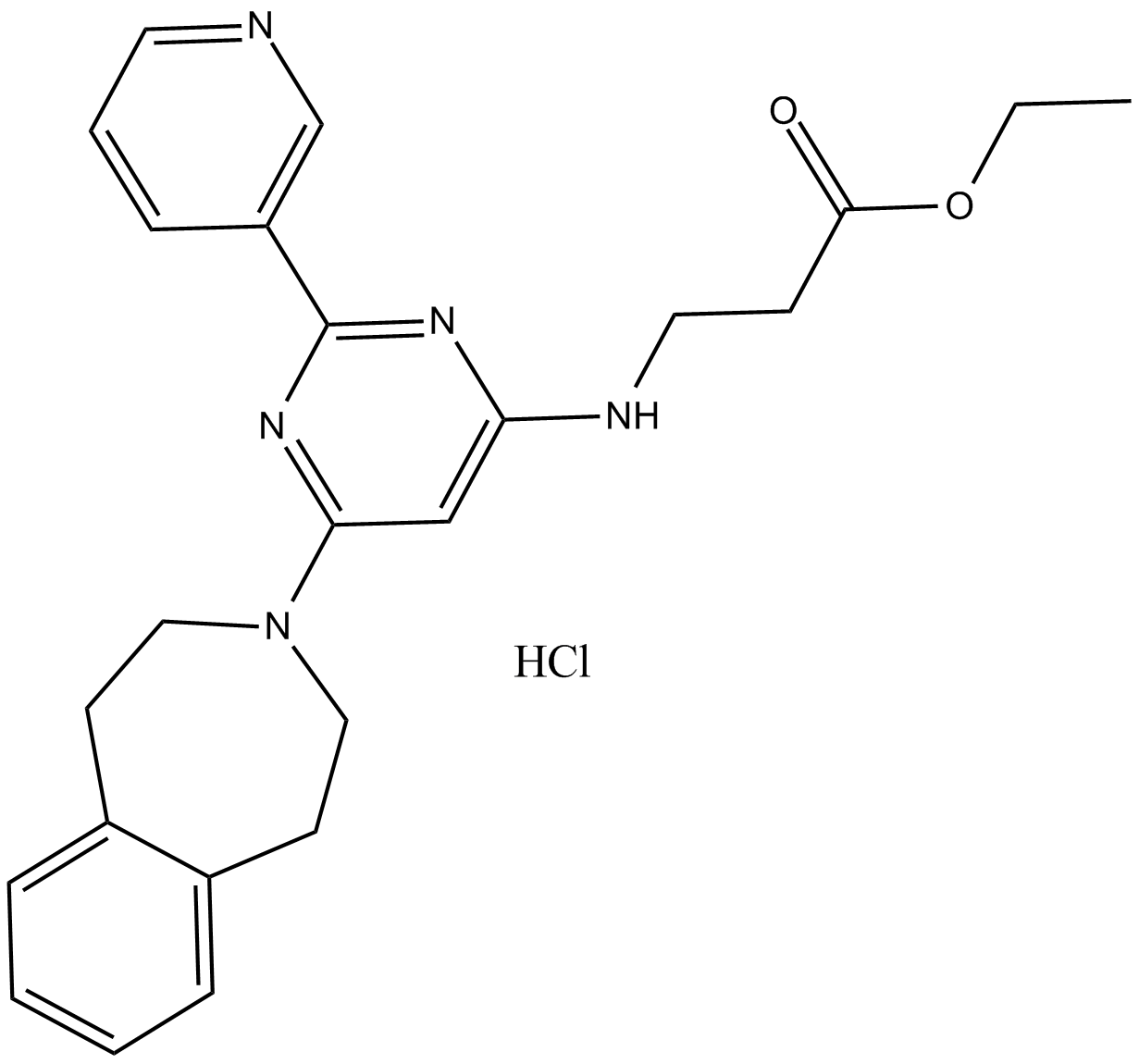 A8792 GSK J5 HCl
A8792 GSK J5 HCl -
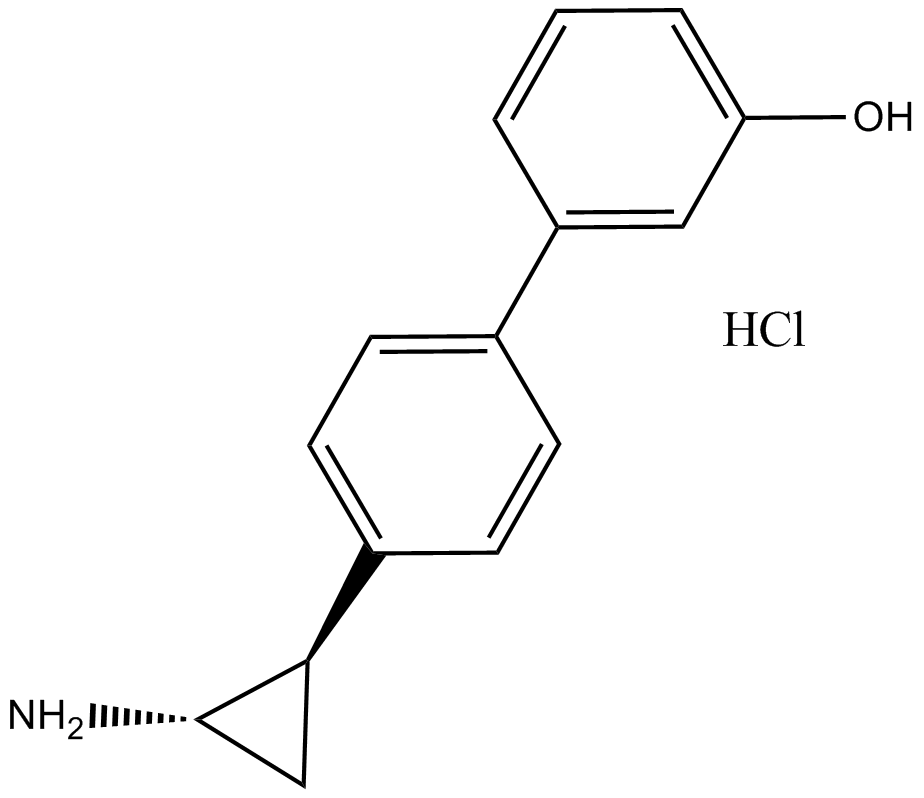 A8766 OG-L002 HClSummary: LSD1抑制剂
A8766 OG-L002 HClSummary: LSD1抑制剂 -
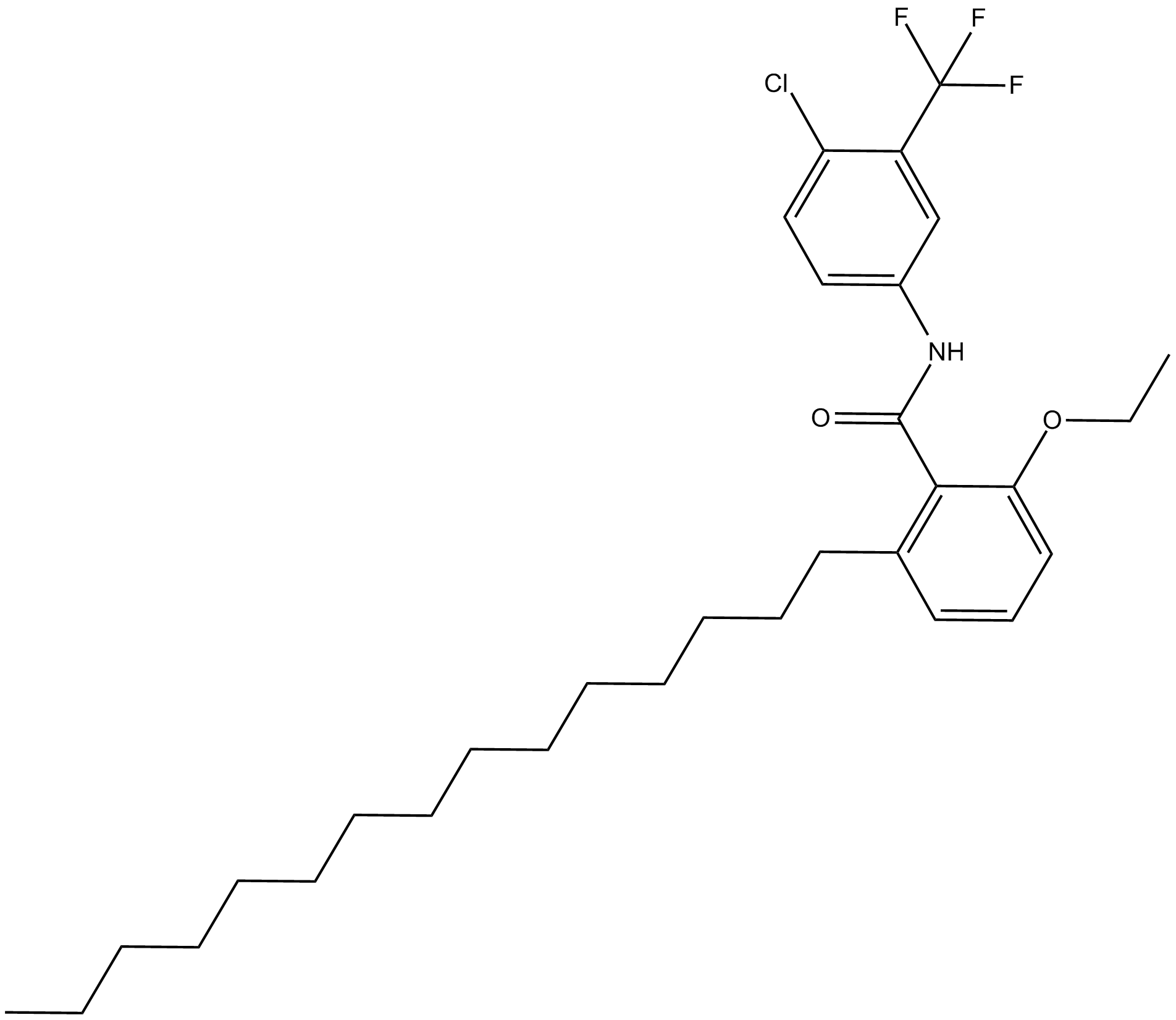 C5773 CTPBSummary: 组蛋白乙酰转移酶(HAT)p300的选择性激活剂
C5773 CTPBSummary: 组蛋白乙酰转移酶(HAT)p300的选择性激活剂 -
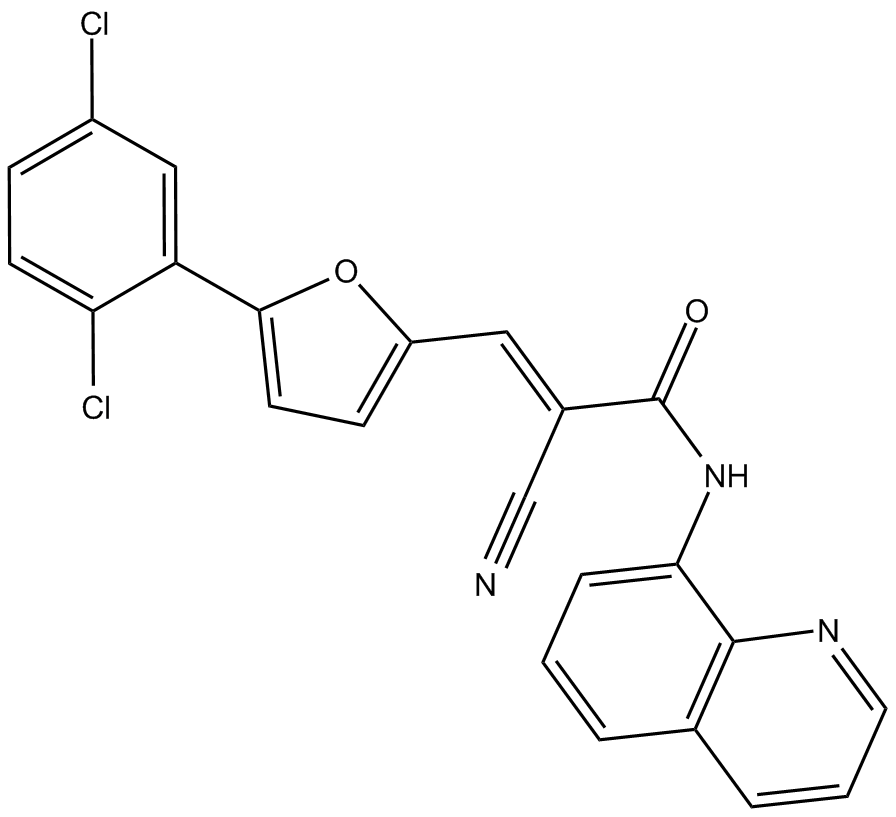 C5709 AGK7Summary: 细胞可渗透的选择性SIRT2抑制剂
C5709 AGK7Summary: 细胞可渗透的选择性SIRT2抑制剂 -
 C5334 BRD6688Summary: HDAC抑制剂
C5334 BRD6688Summary: HDAC抑制剂

